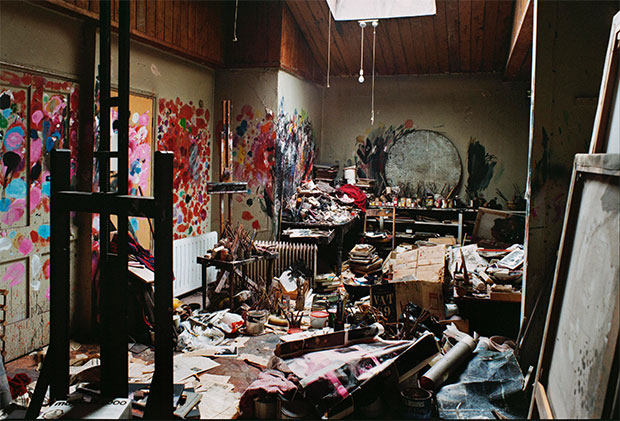
Nigel Cooke on the sanctity of Bacon's studio
For Cooke, the relocation of Frances Bacon's studio both monumentalised and violated his creative space
The British painter Nigel Cooke is an artist whose radical and versatile work is a result of his inquisitiveness as to what art is and what it means to paint. He questions whether the meaning of painting itself is the “second” picture, lying beyond that which exists on the canvas. Understandably, he sees the relationship between abstraction and representation in far more fraught, complex terms than the mere textbook definitions of those categories.
So it’s perhaps no surprise, then, that as well as being an acclaimed artist, Cooke is also a writer of some repute, whose work has been published in Art Review and The Observer, as well as collected into an anthology, Words (2012).
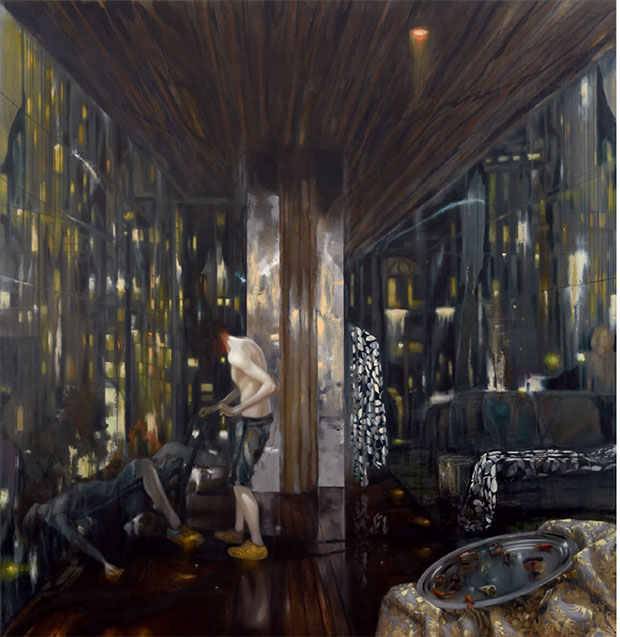
Once again, it’s his own writings which are a particular bonus in our new Contemporary Artist Series book, Nigel Cooke, co-authored by Darian Leader, Tony Godfrey and Marie Darrieussecq. Nigel Cooke is the definitive collection of the painter's work, his art at once luxuriant and an existential challenge. His own writings in it include Bacon’s Sacred Studio (2010), in which he examines the decision to relocate Francis Bacon’s tiny Kensington studio to the Hugh Lane Gallery in Dublin, thereby making this hitherto intensely private space into a sort of creative shrine available for public inspection.
"Relocated with archeological precision and monumentalised in a glass box," Cooke writes, "the private space is now finally laid bare for all to see. The perversity of putting this creative den on show as a sacred relic raises questions about Bacon’s relation to privacy in life and, by extension, about the universal myth of the creative genius, forging greatness from the interior of a heroic and squalid garret.
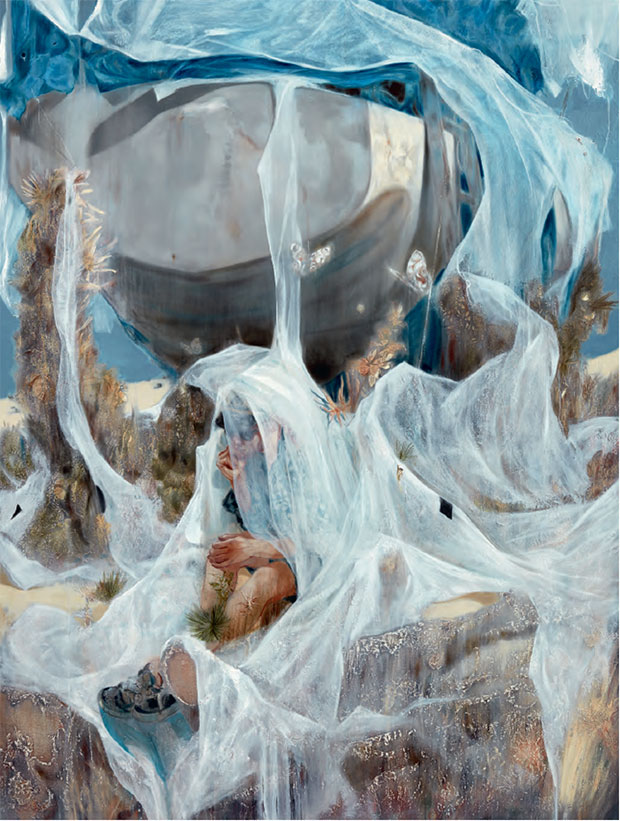
"However intriguing it may be to witness," according to Cooke, "the sense of intrusion that goes with viewing the studio does not simply reinforce the aura of sacred reverence for creative endeavour. Nor does it merely sentimentalise Bacon’s eccentric living setup. Instead," he argues, "it impels us to examine the concept of Bacon’s studio privacy as an active facet of a notion of the sacred, the very notion that we see at work in the Hugh Lane gallery - posthumously legitimising the conversion of privacy into spectacle in this reconstructed studio display."
Cooke goes on to analyse the original function of Bacon’s studio, this “grubby little box in Kensington” as a sort of “psychological lens” on which he would use to analyse potential subjects for his work, or “sitters”.
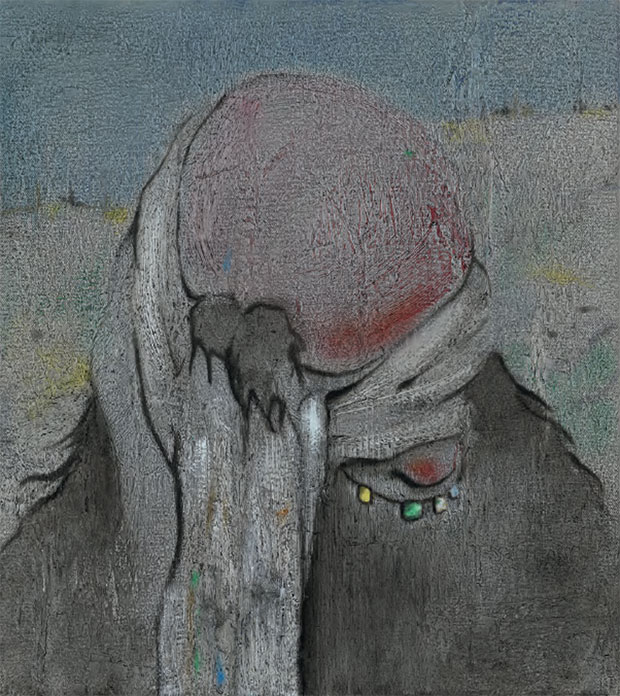
These were often very dangerous men, who he would come by on his nightly forays into the Soho demi-monde. They included Ronnie Kray of the Kray twins, who Bacon once saw humiliate a man by making him publicly kiss his feet in a restaurant. They also included George Dyer, a young man from a criminal family whom he met when the latter tried to burgle his studio; he not only painted him (using photographs, as was his wont), but they became lovers. Cooke is intrigued by this literal violation of Bacon’s sacred space, and its artistic outcome. Bacon would perpetrate an artistic “violence” of his own in his paintings of such men.
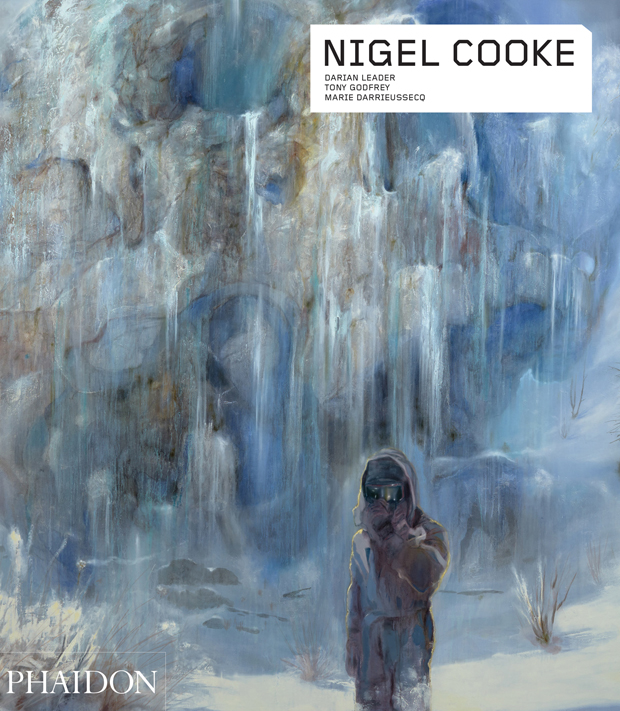
Alongside the essay are examples of Cooke’s own work which show the influence of Bacon. These aren’t mere copyism but an example of the fine art that can result from a rigorous, critical understanding of one great artist by another. Want to go further and find out more? Check out our Nigel Cooke Contemporary Artist Series book and our Phaidon Focus book on Francis Bacon and Francis Bacon In Conversation with Michel Archimbaud in the store.